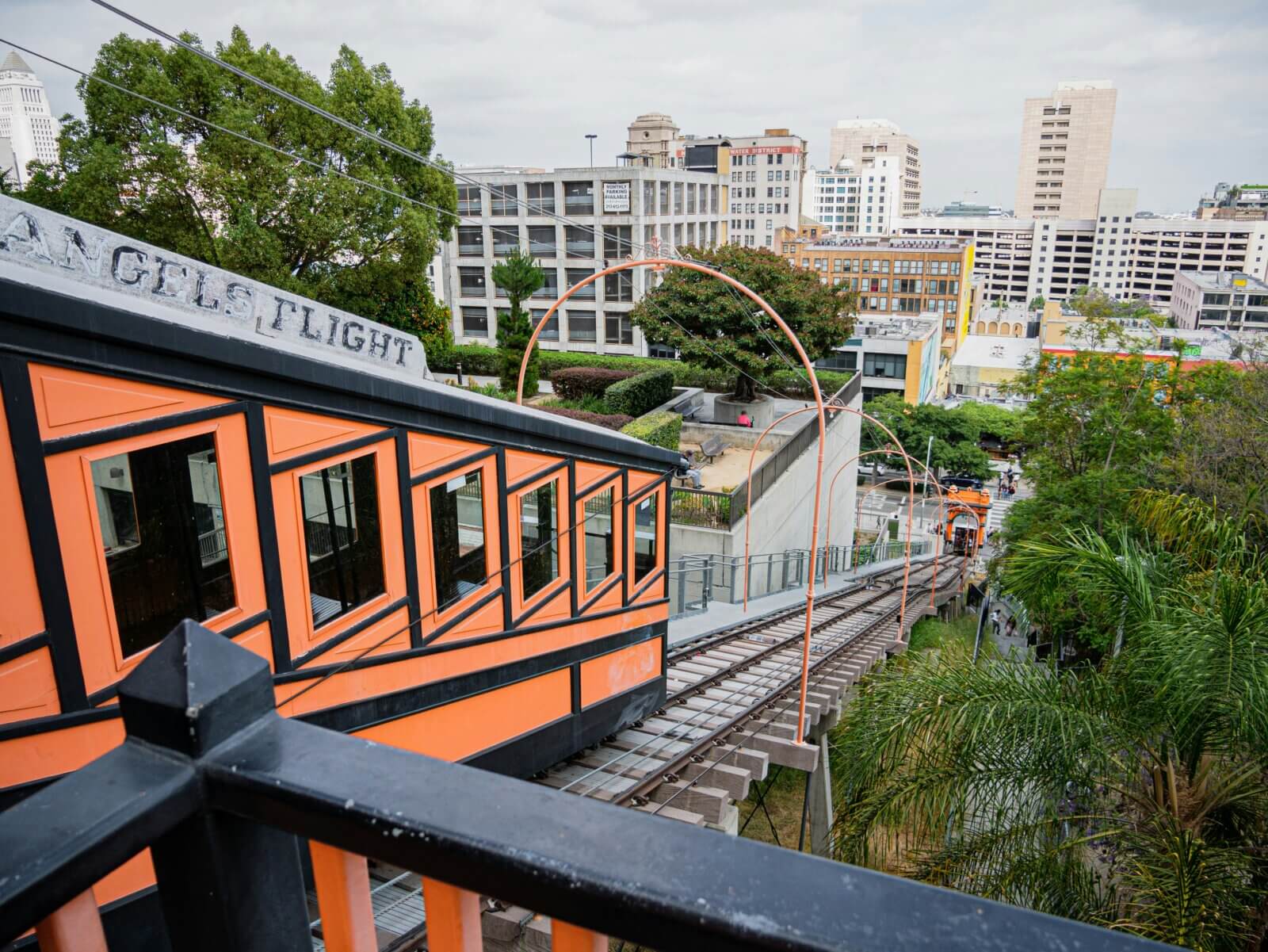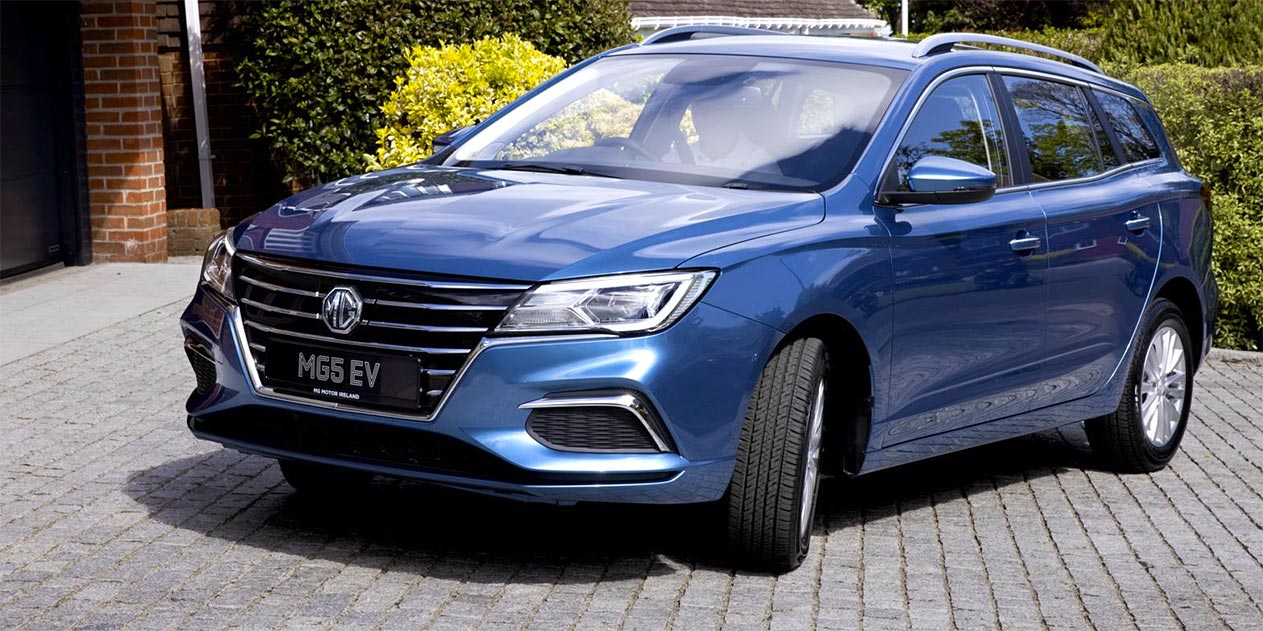
Funicular - the electric transport you underestimate
Ideal for short distances and steep climbs, the cable car does not require additional mechanical traction or hooks, and is powered by an electric motor. There are no emissions, no dust and no high energy consumption - it is cheap and environmentally friendly. There are two funiculars in Ukraine: in Kyiv and Odesa. There are also some in Europe and Asia. How does it work and how does it work [...]
Content:
Ideal for short distances and steep climbs, the cable car does not require additional mechanical traction or hooks, and is powered by an electric motor. No exhaust, no dust and no high energy consumption - cheap and environmentally friendly. There are two funiculars in Ukraine: in Kyiv and Odesa. There are also some in Europe and Asia.
How the funicular is designed and operates
A funicular is one or two non-motorised trains that move along rails: one goes up and the other down. The cars are not moved by a locomotive, but by strong steel ropes. These ropes are thrown over winches at the end points and wound non-stop onto drums that are driven by an electric motor. The funicular could move not on rails, but simply on asphalt, but it is the rail track that has a lower coefficient of friction and keeps the direction of the path exactly in one line.
If there are two cars, they move apart exactly in the middle of the track, a special two-track section is made for this purpose. The wheels of the cars are non-standard - they have a double ridge on the left side and a solid wheel on the right. When a train approaches a junction, the double-ridge wheel forces the car to switch to another track and avoid colliding with its partner.
The most vulnerable part of the cable car is the rope that connects the cars. It is replaced every few years and its condition is constantly monitored (measuring thickness and other parameters).
When there were no electric motors yet, funiculars were powered by water. It was collected in large tanks and used as a counterweight. When a carriage was at the bottom, its tank was emptied, and the tank of the upper carriage was filled. In this way, the balance was disturbed and the upper carriage outweighed the lower one, setting the whole structure in motion. The volume of water depended on the occupancy of the cars. Similar water funiculars have survived to this day.
Why a funicular is better than a bus
The funicular is not about speed. It travels slowly: about 2-3 metres per second or 120-180 metres per minute. It can carry about 600 people per hour (a cable car can carry 2000 people per hour). So why not replace it with a bus or even a small train? Here's why.
Advantages of the funicular:
- overcomes steep slopes and mountain tracks with a slope of up to 35° or 70%;
- for him no need to build a roadWe are going to cut down trees and cover everything with asphalt;
- lifts more people than a cable car - due to the support on the rails;
- consumes a minimum of electricity - Electricity is used not to lift and lower the cars, but to overcome friction, braking and compensate for the difference in weight between the two cars;
- comfortable inside - the tilt is not felt, the position of the car floor is almost horizontal;
- not just transport, but an attraction - draws attention to the location.
There are a couple of disadvantages:
- short travel length - if the traction rope is too long, it can break;
- The carrying capacity is lower than that of wheeled vehicles.
If there is a small area in a city or other area with a steep climb upwards, a funicular is built. They exist in Ukraine, other cities in Europe and Asia. Each of them has its own peculiarities and history.
Cable cars in Ukraine
Kyiv
In Kyiv, there is a funicular with two non-motorised cars that take people up and down Volodymyrska Hill between Podil and Verkhnyi Mist. It is over 100 years old (built in 1905). It is considered a metropolitan landmark, so there are always queues around it, especially on weekends and holidays.
An operator sits in the cars to open and close doors, control traffic, confirm readiness for departure and, in the event of an emergency, apply the emergency brake and get passengers out.
- 222 metres - the length of the funicular route
- 18-20° - the slope on which the wagons are lifted
- 75 metres - height difference between stations
- 2.5 minutes - one-way journey time
- 10 tonnes - the weight of each car without passengers
- 100 kW - electric motor power (like a traction motor in a trolleybus)
- 100 people - passenger capacity (30 seats)
- 3000 people per hour - carriage capacity
- 10-15 thousand passengers - that's how many people cable cars carry per day
- Opening hours from 7:00 to 22:00
- 8 UAH - ticket price
Odesa
The Odesa funicular is located near one of the city's main attractions, the Potemkin Stairs. It was built even earlier than the Kyiv one, in 1900, and was equipped with French carriages that could carry up to 35 people at a time. It operated intermittently during the wars, then began to gradually fall into disrepair and closed completely in 1997. In 2005, it was reconstructed and reopened. Thus, we almost lost a very rare mode of transport and a famous landmark of Odesa.
- 130 metres - the length of the track
- 3.5 minutes - the time it takes for the cabs to travel the entire distance
- 12 people - capacity of one carriage
- Opening hours from 8:00 to 23:00
- 3 UAH - fare
The Odesa funicular is not as popular and visited as the one in the capital. It has a small capacity and is used mainly by tourists who do not want to go up or down the Potemkin Stairs for a long time. But this does not negate its usefulness and historical value.
Cable cars in Europe
Prague
The funicular is located on Petrshinsky Hill and takes passengers to the famous sights and observation deck in 4 minutes. The funicular makes one stop along the way.
The Prague funicular was opened in 1891 and operated by gravity: there were water tanks under the cars - they were filled at the top and emptied at the bottom. These tanks held up to 2000 litres of water. Nowadays, it is a modern electric transport used not only by tourists but also by locals. Even the ticket for the funicular is the same as for other types of transport in the city.
- 510 metres - the length of the road
- 130 metres - the height of the hill that the funicular climbs
- 29.8° - tilt angle
- 4 minutes - that's how long the carriage takes
- 100 people - fits in one carriage
- 1.7 million people carried by the funicular per year
- 150 kW - electric motor power
- 32 CZK - fare
Croatia (Zagreb)
The shortest funicular in the world is located here. Its journey is only 66 metres long. It was built and opened in 1890 and is still in operation, transporting passengers from the Lower Town to the Upper Town and vice versa. Initially, it was powered by a steam engine, then it was replaced by an electric one. The cars have retained all their historical details and are popular with tourists.
- 66 metres - the length of the track
- 52° - angle of inclination
- 30.5 metres - the height to which the cars are driven
- 55 seconds - trip duration
- 28 people - the caravans are designed for this number of people
- 28.5 kW - electric motor power
- 4 kuna - fare
Switzerland (Fribourg)
A funicular with water ballast operates here. But its tanks are filled not with ordinary water, but with sewage. The municipal waste pulls the upper car down, while the lower car is lifted up. When the car arrives at the lower station, the tanks are emptied. Thus, the funicular operates in a fully autonomous energy mode
- 121 metres - the length of the track
- 20 people - passenger capacity
- 2700 litres - tank capacity
- 2 minutes - journey time
- 2.3 Swiss francs - fare
Cable cars in Asia
Japan (alpine route Tateyama-Kurobe)
This funicular runs in a tunnel (so as not to spoil the natural landscape). It is unique in that it is completely underground. It is designed for tourists who have come to walk the picturesque Tateyama-Kurobe alpine route. It is closed in winter.
- 800 metres - line length
- 5 minutes - journey time
- 130 people - this is how many passengers can fit in the cabin
- 30° - tilt angle
Bottom line.
A funicular is not just an attraction. It is an environmentally friendly and economical means of transport that will come in handy when you need to climb a steep slope of 300-800 metres. Indeed, it travels slowly and only in one direction, but it does not pollute the air and blends in well with the landscape.






